On May the 12th, 2007, I visited the Yachiho highland plateau in the Nagano Prefecture, and today we’re going to take a look at a few photos from the trip. I was hoping for something different to what I ended up with, but late snows in April have stopped a certain type of flowering tree from flowering as of now. I’ll maybe go back in a week or so, but as it’s a three and a half to four hour drive, I’m not sure at the moment. Anyway, let’s get right into the main topic and I’ll fill you in on the details.
I arrived in the Yachiho area around 8AM having got up at 4AM after just three hours sleep. Needless to say I was pretty tired, so after doing a little reconnaissance and finding out where everything was and doing a little shooting of some white birch trees that didn’t turn out that great, I decided to catch an hour of sleep in the car before I started shooting. I pulled into the car park of the Yachiho-Shizenen, which roughly translates as nature or natural garden at around 10AM. To be honest, at this point, my plan was to spend 30 minutes to maybe an hour looking around the garden and then move on. This is why I decided to take the small bottle of sun-block from my pocket and leave it in the trunk of my car, and decided to leave the bottle of water in the car too. I really didn’t intend to spend much time in there. Anyway, I paid my 200 yen entrance fee, grabbed a copy of a map of the area, and walked through the entrance into the garden. I’ll put a link to a Japanese page that has a copy of the map into the show notes, so that you can get a general idea of how the land lies.
It turned out though that in just 28 hectares, which is around 280,000 square meters, there’s really quite a lot to see. They have a beautiful mountain stream with a waterfall and woods of white birch and Japanese beech trees, not to mention loads of wild flowers. The flowers were pretty tired looking, having either been beaten down by the late snow, or the shoots having snow damage or simply being stunted some by the cold. The birch woods were pretty spectacular, and I saw a number of places where the trees really were a picture. Unfortunately, although the area is mainly untouched and very natural, each time I found a particular spot that would have made a beautiful photo there were white birch logs, obviously cut by human hands, lying around on the ground, spoiling the shot. There was a beautiful blue sky with some wonderful white wispy clouds, so it was a real shame that I couldn’t get these shots. I know I could have Photoshopped the logs out, but that goes slightly over my ethical barrier as far as retouching images goes. Not to mention taking more time than I like to spend post processing each individual image.
Anyway, there was so much else to see as I walked through the area, which really is, apart from the cut logs, a total wilderness, so I found myself totally unable to just rush through. To cut a long story short, I ended up spending five hours in here, so by the time I got back to my car, I was badly sunburned and incredibly thirsty. I wished I’d had a drink from the river while I was still at the waterfall, before the stream had run much further through the woods. It was great to just spend my time wistfully wandering through the woods and the stream, shooting away as much as I wanted, but I should have been better prepared to spend more time in there. I always take a long time shooting, so I should have known better. I think I just hadn’t expected that much of a place called a nature garden. Still, by the time I left, there was just about time to get some noodles in the cafe in the building next to the entrance, and then head back to Tokyo in time to get home for an evening meal with the other half.
So, let’s start to look through the shots that I got on during my five hour adventure. First let’s look at image number 1427. If you are a new listener, remember that there are many ways to listen and learn from this Podcast. If you are wondering why I give numbers for each image, then search out episode zero, which I released in I think November last year. This explains what the Podcast is all about and how to view images to make the most of it. Also remember, that I release this same audio track as both an MP3 and an M4A, enhanced Podcast, with chapters so I can change the images as we progress. There is a separate feed for the each file type, and you can get a link to these from the Podcasts page at martinbaileyphotography.com or subscribe in iTunes. They’re both listed. If you are using iTunes though, I suggest you go for the enhanced version because it’s much easier to follow.
Anyway, let’s go back to image 1427, which you can obviously see I shot with the Low Perspective Assignment in mind. If you want more information on the Assignment, listen to episode 85. I was lucky for this shot that this tree and ground foliage is actually on a small embankment next to the footpath as I walked down towards the stream flowing through the woods. This allowed me to get an incredibly low angle, lucking as Landon has commented in my gallery, as though I’m almost underground. I don’t usually talk about shots that I shoot with the assignment in mind, until the assignment is over, but I probably wouldn’t come back to this later, so thought I’d discuss it now. Remember too that I suggest that even if you should happen to like my shot, please don’t vote for me in the Assignments. Give your vote to someone who has a chance of winning one of my prints or the yearly grand prize. Things to note are that I purposefully placed the tree trunk along the right side of the frame. Of course, the tree isn’t growing from the side of the frame, but instead of making the tree the root of the image, I used the green leaves as a base. This helps to really emphasise the low perspective.
You’ll see if you look at the EXIF data that I shot this with a 16mm focal length, again helping to accentuate the low perspective, and I used an aperture of f16, with a shutter speed of 1/30th of a second with ISO 100. I was shooting handheld, crouched down against the embankment. I wanted to quickly touch on the hyper-focal distance with these settings and why I didn’t use it. The hyper-focal distance for a focal length of 16mm at f16 is 55cm. This means that if I was to simply preset my focus to 55cm or 22” I would have gotten everything from 29cm or 11” to infinity in focus. The nearest leaves in this shot were probably around 40cms or 16” away, so this would have been fine. However, I chose to actually focus on the largest leave in the bottom of the frame, at around 40cms, which actually gives me a near focus of 23cms and a far focus of 141cms, so that’s a 9” to 56” depth-of-field. The rest of the shot is in relatively sharp focus, but still a little soft because of this. I have to admit though, I actually shot a few at hyper-focal distance as well, for comparison, but came back to the one we see here because the softer distant elements also help to give us a feeling of scale. It’s nice to see everything in sharp focus sometimes, but the human eye doesn’t work that way, so to emphasise the fact that I’m really small looking up at this huge tree and the other trees around, I think the slightly shallower depth of field works better.
So moving on to the next shot, let’s take a look at image number 1428. Just behind me as I shot the last image, was a stream with a really nice little waterfall. I shot the waterfall too, but the surrounding were really quite drab, as the spring colour, with the fresh green leaves, part of what I was hoping for in this location, were not yet blessing us with their presence. Because of that, I decided not to upload any shots of these falls, but what we see in image 1428 is a close up, shot with a focal length of 185mm with the 70-200mm f2.8 lens. The first thing that caught my eye here was the wonderful camouflage effect cause by the colour of the growth of the rock. As I viewed the LCD though to see how it looked, and I zoomed in to check the detail, I noticed all these white squiggly lines on the surface of the water. What was happening was the sun was reflecting in the water, but I reckon as the water moves slightly during the 1/8th of a second exposure it’s registering as these squiggly lines, that aren’t easily recognisable with the naked eye. I shot about ten, maybe fifteen images to see if I could improve on the effect, and this is the one I chose. You might not be able to see these details if you are viewing on an iPod, so if you’re interested, I really do suggest you check this one out in iTunes or on my Web site when you get a chance. It’s really quite a cool effect. I was shooting with an aperture of f16 by the way to get a slightly long shutter speed and also to make sure that I got as much of the rock face in focus as possible as it was quite close to me, meaning a shallower depth of field.
As I walked up from the stream and the waterfall, I noticed what I captured in image numb 1429. It’s was the light that fell on these Japanese Beech trees, with a visiting fresh leaf or two, and the patter on the bark of the beach tree that really caught my eye. I decided to capture this with a wide aperture of f3.2, which gave me a shutter speed of 1/1000th of a second at ISO 100. This forced the majority of the background to be really nicely blurred, but as I was a few meters from the foreground tree, we can see just enough detail in the other tree trunks to keep us engaged and we can also see some patterns made by the other leaves. Again, I experimented here by taking a few other shots with slightly different composition and some at f5.6 and one or two frames at f8. Whenever I do this though, I pretty much always come back to the widest aperture, with loads of bokeh. This really is what attracts me. I’ll probably continue to shoot the other images but I must say if I was shooting film, I probably wouldn’t.
I continued to walk around through the woods. I think I’m just going to continue calling these woods, as Garden just doesn’t do this place justice. It was just up from here if I recall that the images of the white birch that I didn’t shoot because of the cut logs keep coming back to haunt me. I had taken a map from the counter where I paid my entrance fee, and it had three tracks through the woods mapped out. One was a really short walk, one was a little longer, and the last was the longest. I was purposefully taking the longest trail, so that I could see the most possible things. Having said that, I think even the longest trail was only 2.8 kilometers, so when you think that I was in here for five hours, you can probably appreciate that I was really just taking my time, and enjoying the warm spring weather. As I started to go downhill again, back towards the stream, I noticed a few little purple flowers, which we can see in image number 1430. These tiny little guys are probably around 2 inches (5cms) high, maybe a tad more, which you can probably tell from the scale given by the grass that I used to frame these guys. I used a small reflector to bounce some light into the front of the flowers, as there was some really quite harsh shadow in their centres. I used a wide aperture of F4 and you can see that I was conscious to place the other flower in the background between the two main ones and the grass to the right. These are small details, but paying attention to your bokeh really helps to keep your compositions well ordered.
As I reached the brook again, as I made my way around the trail, I could hear some birds calling, and you might be surprised to hear, that although until now I’ve been shooting macro, wide angle and some close-ups with my 70-200mm, I actually had my 600mm F4 on my back. It’s always difficult to decide what to take with me, but when in wilderness like this, you never know when you’ll come across some birds, and I really don’t like to waste a chance to shoot our feathered friends. The footpath takes you over a wooden bridge across the stream, which was wide enough for people to get across even if I stood my 600mm lens on a tripod to shoot the birds. I would have thought about this a little more had it been crowded, but I had seen about 4 people all day, so I thought I’d set up and see what I could shoot. I have another image haunting me from this day, because as I was setting up to shoot here, a Narcissus Flycatcher, which is a beautifully coloured little bird, stopped on a branch about 3 or 4 meters from me, but I wasn’t ready. I’d little just levelled my tripod and dropped the lens on top, then mounted the camera to it. I hadn’t set the exposure, and the switch to tell the lens how close to focus was still set to 16 meters from my last outing where the nearest my subject was going to be was more than 16 meters away. As I flicked the switch, and started to check the exposure settings, and I’m really talking about 5 seconds here, the Flycatcher flew away. It was as if he knew I needed a few more seconds, and just came down to tease me.
Anyway, the other bird that was still flying around quite a lot was a Grey Wagtail. They were really quite a distance from me, but we can see one in image number 1432. Now, you are probably wondering why this bird is called a Grey Wagtail, when it has such a striking yellow bellow. Without turning this into a bird-watching podcast, let me just tell you that there is such as thing as a Yellow Wagtail, but the Yellow Wagtail is literally yellow from its chin, right down to under its tail. The Grey Wagtail has black under its chin, and a slightly paler band across its belly, as does the one in my photograph. There is another shot of this bird uploaded too, but I’m not going to talk about it today. I was in fact in too minds as to whether or not to upload these shots at all, because I went somewhere else last weekend, and got some amazing shots of these birds from a different area of Japan, including some shots of them feeding their chicks, but we’ll take a look at those next week. Ba
ck to the current image though, I was shooting with the 600mm F4 with the 1.4X extender attached, so an actually focal length of 840mm. Even then, it’s difficult to get a real close up of these guys, with them being so small. They were really quite far away too, and it wasn’t possible to get down the banks of the stream to get any closer. I switched to ISO 400, so that I could get a fast enough shutter speed to freeze the movement of the birds, as these little guys tend to flit around quite a lot, but also when shooting at 840mm camera shake can be a real problem, even with the image stabilizer turned on. This was giving me a shutter speed of 1/400th of a second at F5.6, the widest aperture for this lens with the 1.4X extender fitted.
The Flycatcher was still haunting me though, and I was really hoping he’d come back. I’d decided to hang around at this point for a while, as I really wanted to give myself another chance or two, and after around 30 minutes or so, the fly catcher came back to the same branch. The problem this time was that there was a twig between me and him. I picked up the camera on the tripod and moved back a little, to get a clean shot, and he was gone. Again, literally just a five second window of opportunity, and I missed it. I remember feeling incredibly clumbsy, and disappointed at messing up two chances to photograph what is probably the second most beautiful wild bird I’ve seen with my own eyes here in Japan. The most beautiful being the Red-Crowned Cranes in Hokkaido of course.
Anyway, I stuck with it. If this guy came by twice in 30 minutes or so, he’d be back. I think I’d actually shot the Grey Wagtail that we just looked at after this second visit, so I’d probably already been here for a couple of hours, and the sun was really starting to burn me, when the Flycatcher came back. It was much further away this time, but I got one or two really nice sharp shots, and one of them is image number 1433. I have actually had to crop about 1/3 of the shot away, leaving around two thirds, just to get the flycatcher this large in the frame, but again as a shot of the bird in its habitat, I quite like it. We can see his beautiful markings, with the bright yellow belly, like the Wagtail, but with a bright orange chin and a yellow-orange line above the eyes. I know that there are more colourful birds in Japan, but as far as ones that I’ve yet to see with my own eyes, this one is probably the most colourful. Again shot at 1/400th of a second at 840mm, but this time I’d lowered the ISO to 320. The aperture was still wide open at f5.6 as well.
As we now know, this guy doesn’t hang around anywhere for very long, and I was really pleased to catch the moment he took to the wing in image number 1434, shot just 6 seconds after the last. Of course shot with exactly the same settings, I am relatively happy with this shot. Unfortunately, as the depth-of-field is so shallow at this focal length, even at this distance, as the Flycatcher flew towards me, he came just slightly out of the depth-of-field and is therefore just a little on the soft side. This was probably also caused by the movement, even at 1/400th of a second. Anyway, I did a bit of selective sharpening, and have just about salvaged a beautiful image here. I’m going to print it out nice and large over the weekend to see if it really stands the test of a good photograph.
So with that, let’s wrap things up for today. I have a real treat in store for you next week, with another trip report style episode, of last weekend, when I visited a beautiful waterfall in the Fukushima Prefecture, about three hours North of Tokyo. And once again, I had my 600mm F4 with me so when I noticed that two Wagtails were constantly going back to the same place on a rock face, I figured there’s had to be some nesting chicks there. Again, they were a long way off, but I managed to get some nice shots of them, as well as the falls.
For now though, let’s enjoy our week, and if you haven’t gotten your Low Perspective shot for the assignment yet, bear it in mind while you’re out shooting, if you get a chance to go out. Whatever you do though, have a great time doing it. Bye-bye.
Show Notes
The music in this episode is from the PodShow Podsafe Music Network at http://music.podshow.com/
I couldn’t find any English pages, but here’s a page with a map of the Nature Garden so that you can get an idea of what it’s like: http://yachiho-kogen.jp/sightseeing/shizenen/index.php
Subscribe in iTunes for Enhanced Podcasts delivered automatically to your computer.
Download this Podcast in MP3 format (Audio Only)
Download this Podcast in Enhanced Podcast M4A format. This requires Apple iTunes or Quicktime to view/listen.


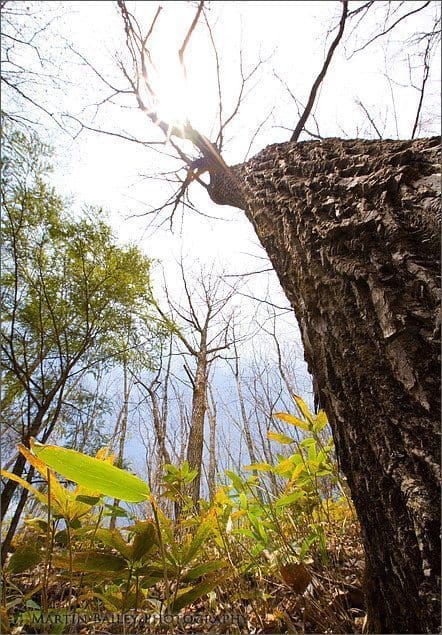
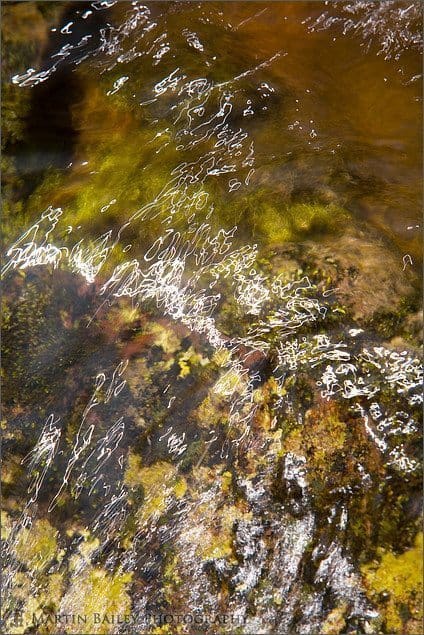
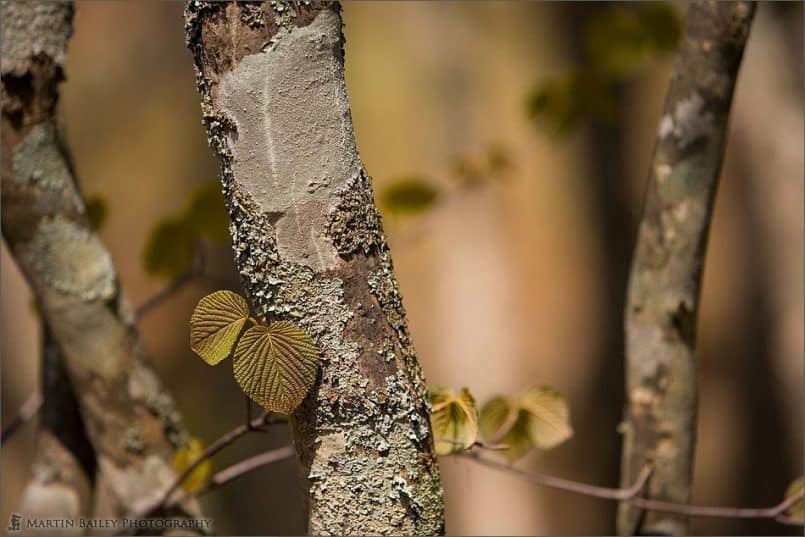
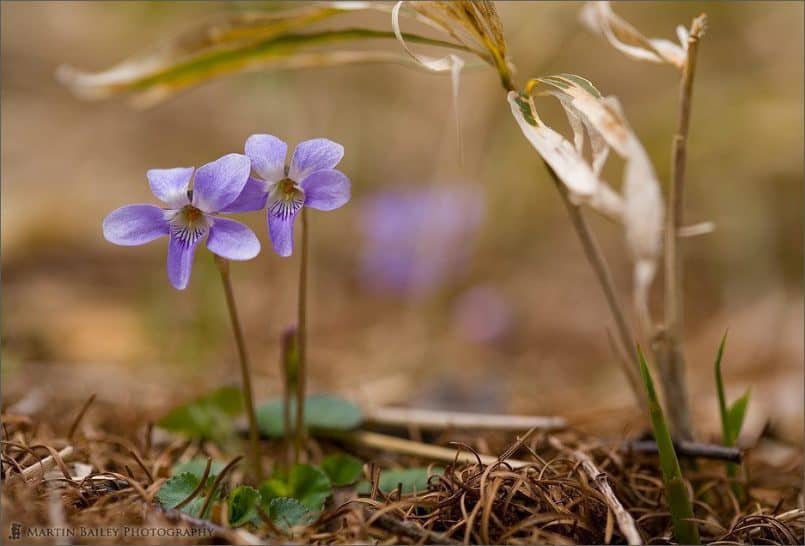
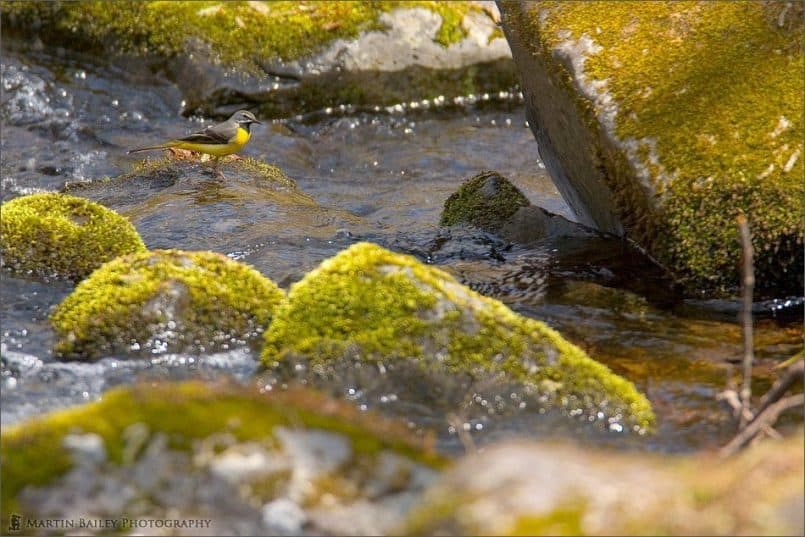
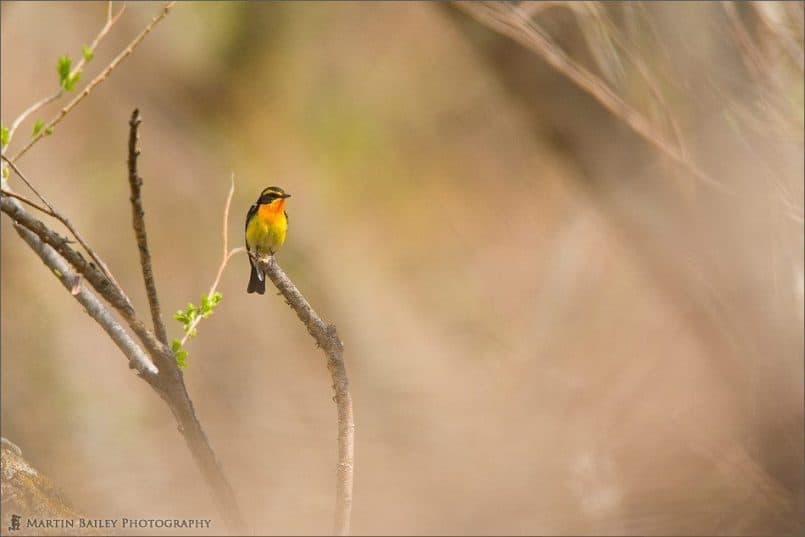
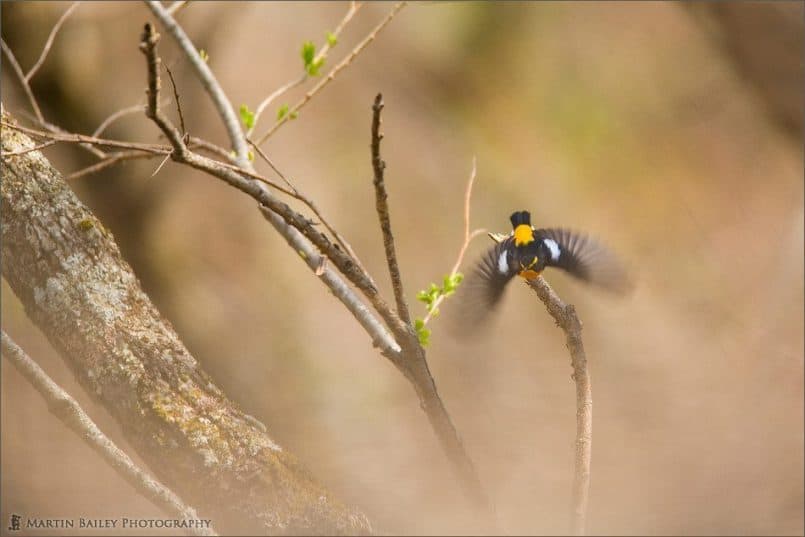

0 Comments